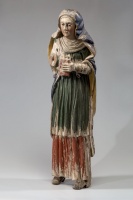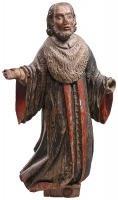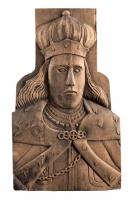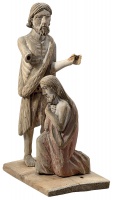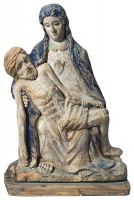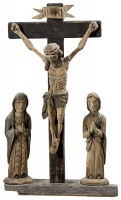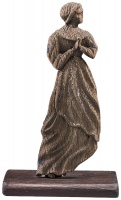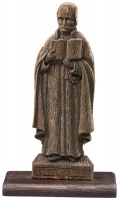
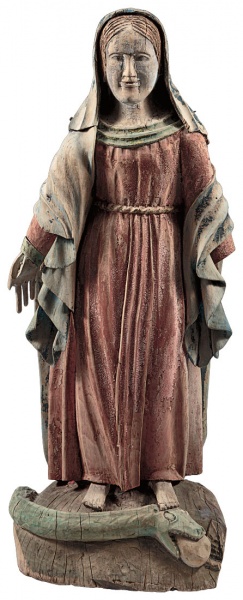


Our Lady of Grace
| Author: |
Unknown artist |
| Created: | 1846 |
| Material: | wood |
| Technique: | carving, colour paint |
| Dimensions: | 68 × 30 cm |
| Signature: | carved on the back: 1846 |
Žemaitija
The sculpture Our Lady of Grace, primitively carved by an unknown carver, is dated 1846. This shows that it is one of the earliest works of folk sculpture on the subject, as the year 1832 is considered to be the beginning of such type Marian iconography in art. That was when the Parisian or miracle-working medal of Our Lady of the Immaculate Conception was made, based on the vision seen in 1830 by the nun St Catherine Labouré. It became a prototype for various works, artefacts and statues of Our Lady of Grace made in workshops. They became popular in Lithuania, and their numbers increased in the middle of the century. That was probably when carvers began to carve similar images, which is evidenced by this dated sculpture.
In folk art, sculptures of Our Lady of Grace preserved the Marian iconography as it was on the medal: she is standing barefoot on a globe, with a serpent or a crescent, or both, under her feet, and rays of grace spreading out from her lowered hands. Sometimes Mary was portrayed without rays coming from her hands, but she could be easily identified from the position of her lowered hands, with the palms turned outwards. Sometimes a combination of several iconographic types can be seen in the image of Our Lady of Grace: instead of the usual white, the dress is painted red, a colour taken from the image of Our Lady of Sorrows.
Text author Skaidrė Urbonienė
Source: Law firm Valiunas Ellex art album HEAVEN AND BEYOND (2016). Compiler Dalia Vasiliūnienė. Text authors Dalia Vasiliūnienė, Skaidrė UrbonienėExpositions: “Heaven and Beyond. Works of religious art from the collection of Rolandas Valiūnas and the law firm Valiunas Ellex“, 31 May–24 September 2016, Church Heritage Museum, Vilnius (curators Dalia Vasiliūnienė, Skaidrė Urbonienė)






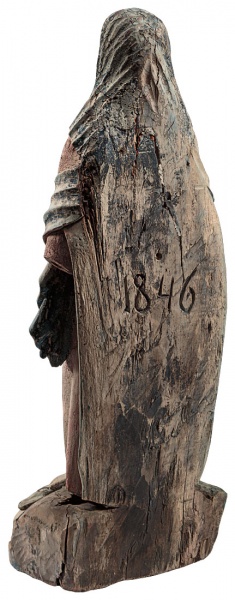

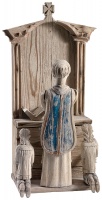
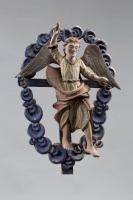
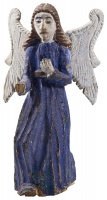
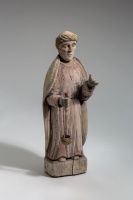
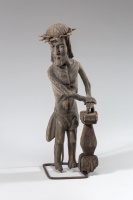


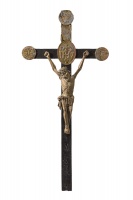
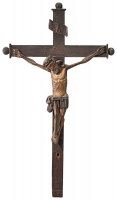

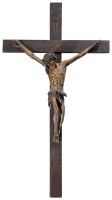

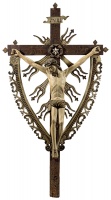


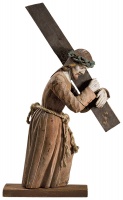
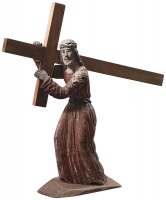






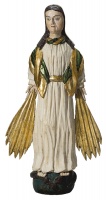

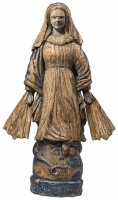
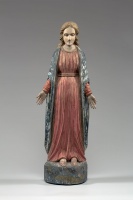
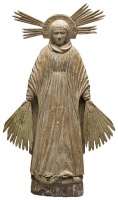




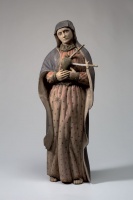






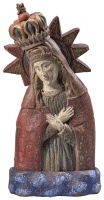


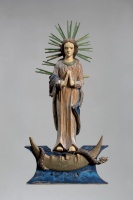



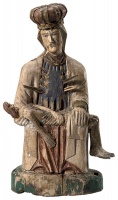
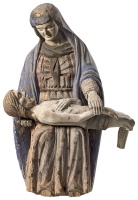
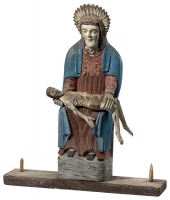

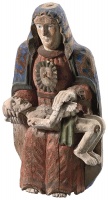
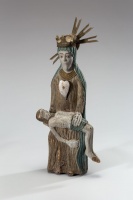
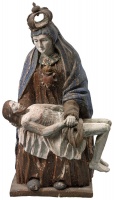
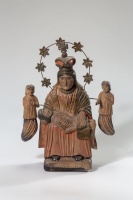



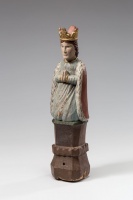
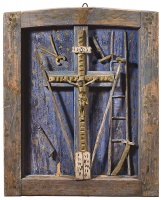
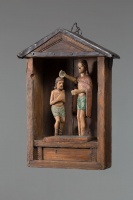
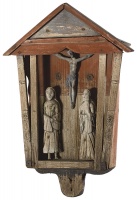
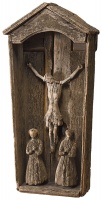

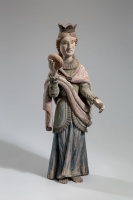



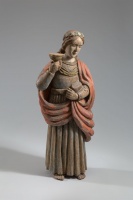

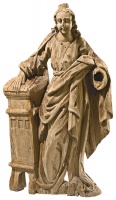
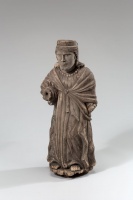
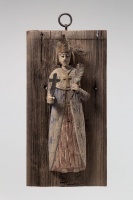

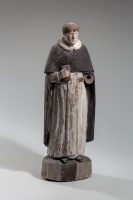



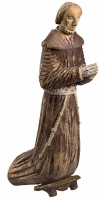

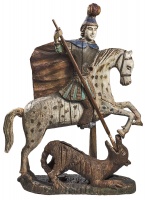









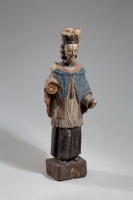



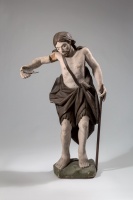
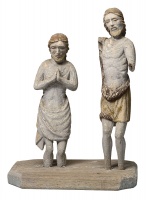



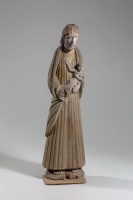
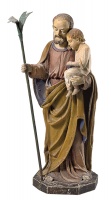
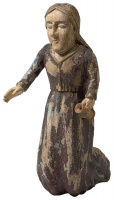
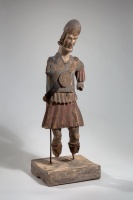
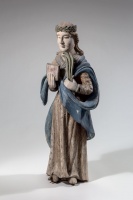

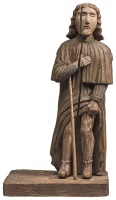



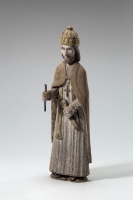





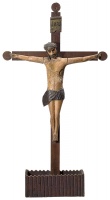




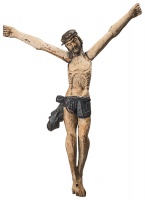
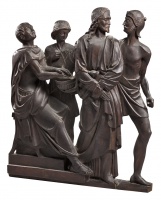

_kat.jpg)
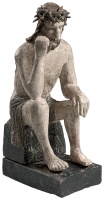







.jpg)
